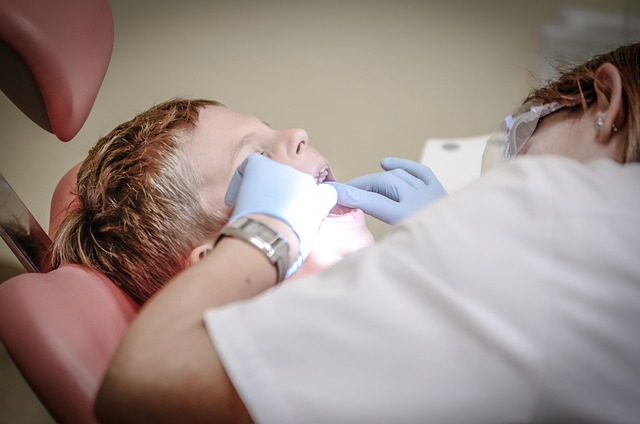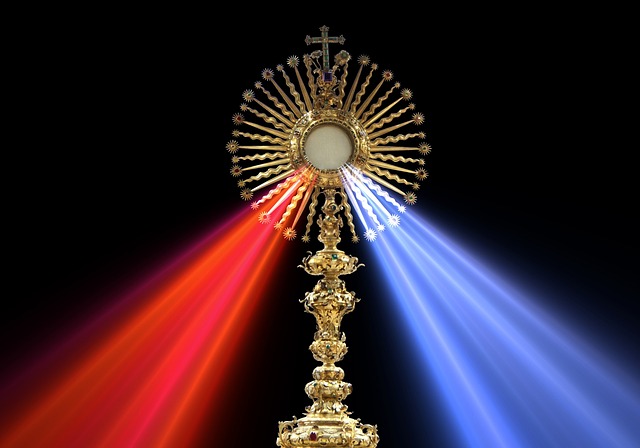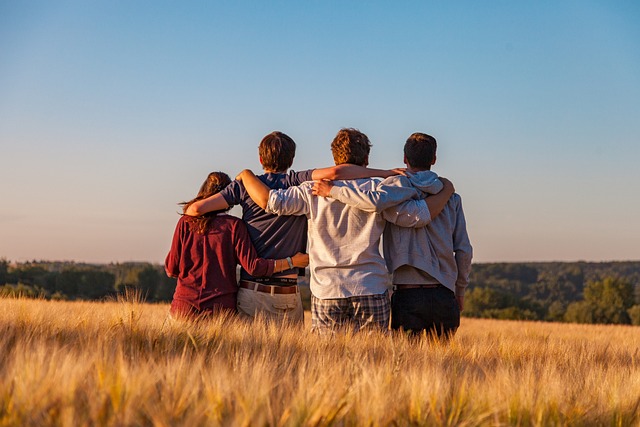Embracing Faith During the Patient Visit
The experience of a patient visit is often filled with a mix of emotions—hope, anxiety, uncertainty, and a longing for healing. Within the walls of hospitals, clinics, and healthcare centers, the role of faith becomes a silent yet powerful companion on this challenging journey.
The Intersection of Community and Spirituality
Faith is more than a personal belief; it is a unifying force within communities. During a patient visit, it’s common to see how spirituality acts as a source of strength. Whether it’s through prayer, meditation, or quiet reflection, religion offers patients and their loved ones a way to cope with fear and find peace in moments of vulnerability.
Faith as a Source of Comfort
Many people draw deep comfort from their religious practices when facing illness. A patient’s spiritual beliefs can provide a framework for understanding suffering, instilling hope that goes beyond medical treatments. For caregivers and healthcare professionals, acknowledging this aspect of a patient’s life can foster a more holistic and compassionate approach to care.
Community Support Amplifies Healing
The spiritual journey is rarely traveled alone. Religious communities often rally around patients and their families, offering prayers, visits, and encouragement. This network of support demonstrates how collective faith transcends individual trials, turning the patient visit into a shared experience of healing and hope.
Integrating Spiritual Care in Healthcare
Healthcare systems are increasingly recognizing the importance of spiritual care within medical treatment. Chaplains and spiritual counselors play critical roles, helping patients navigate their illness with a sense of meaning and dignity. This integration highlights the value of addressing not just the physical, but also the emotional and spiritual dimensions of healing.
In every patient visit, faith weaves a thread of hope and resilience, reminding us that recovery is as much a spiritual journey as it is a medical one. By honoring the role of religion in the healing process, communities can nurture compassion, understanding, and profound connection.




